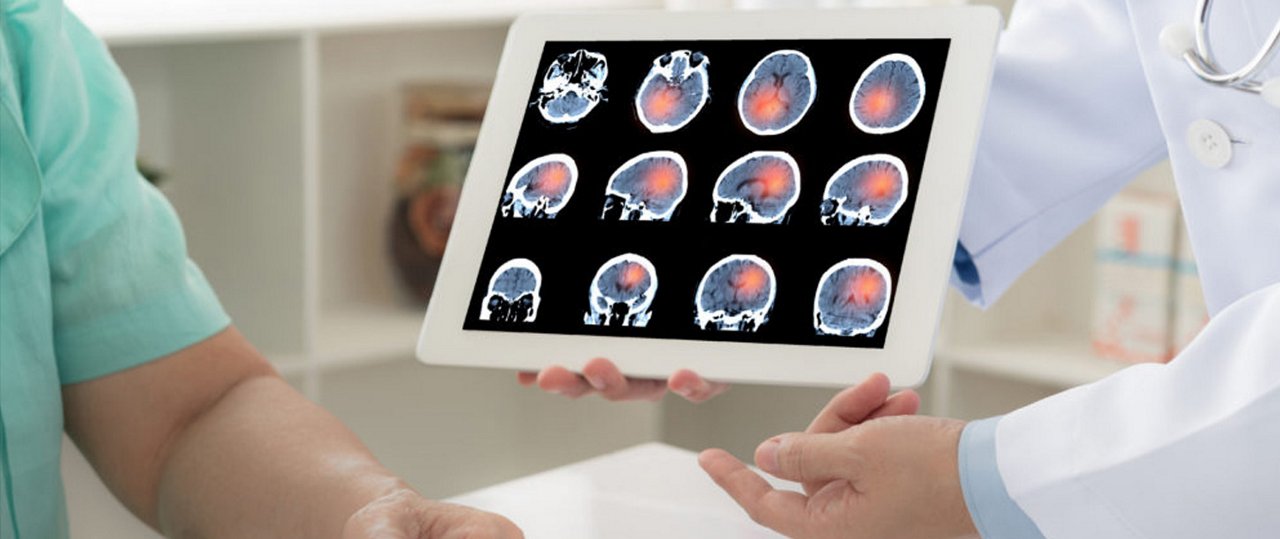5 ways to reduce your risk for a stroke

Death by a stroke is among the top five killers in the United States. While also a shocking statistic, it’s the reality we face.
What does that mean for you? Prevention and early recognition of a stroke are key.
Reduce your risk for stroke
Preventative measures that can reduce the risk for a stroke at an early age include the following:
Smoking avoidance
If you are a smoker, quitting can significantly reduce chances of stroke.
Blood pressure screening and control
Blood pressure can be measured for free in many public settings. You can also measure at home with your own blood pressure cuff. Measurement should also be part of every provider visit. If your blood pressure is 140/90 or above, work with your provider to find ways to lower it.
Cholesterol screening and control
The American Heart Association recommends that adults age 20 or older have their cholesterol checked every four to six years. A cholesterol check is done at your physician’s office and requires a small blood sample. You are at an increased risk for a heart attack or stroke if high triglycerides levels are combined with low HDL or high LDL.
Diabetes
If you have diabetes, work with your provider to attain blood sugar levels as normal as possible. For type 2 diabetes, lifestyle changes can often improve control and if you have pre-diabetes, lifestyle changes can delay the onset.
Lifestyle
The way we eat and move plays a key role in preventing a stroke, especially at an early age.
- Healthy diet: To prevent heart disease and stroke, the American Health Association recommends, “As part of a healthy diet, eat plenty of fruits and vegetables, fiber-rich whole grains, fish (preferably oily fish-at least twice per week), nuts, legumes and seeds and try eating some meals without meat. Select lower fat dairy products and poultry (skinless). Limit sugar-sweetened beverages and red meat.” Attaining ideal weight as best you can will additionally reduce chances of stroke.
- Physical activity: Regular physical activity is recommended to reduce chance of stroke.
There are also rare causes that can cause stroke including family history and childhood heart conditions. Consult with your provider if you have this history.
Early recognition can save a life
And for the sake of your own health and others, early recognition can be lifesaving.
Early symptoms of stroke and response to symptoms include:
- Facial drooping
- Arm and/or leg weakness
- Speech slurring
- Time (is saving brain)
These are best remembered using the acronym F.A.S.T. If you are in a situation with any of these symptoms, call 911.
Blue Cross and Blue Shield of North Carolina does not discriminate on the basis of race, color, national origin, sex, age or disability in its health programs and activities. Learn more about our non-discrimination policy and no-cost services available to you.
Information in other languages: Español 中文 Tiếng Việt 한국어 Français العَرَبِيَّة Hmoob ру́сский Tagalog ગુજરાતી ភាសាខ្មែរ Deutsch हिन्दी ລາວ 日本語
© 2024 Blue Cross and Blue Shield of North Carolina. ®, SM Marks of the Blue Cross and Blue Shield Association, an association of independent Blue Cross and Blue Shield plans. All other marks and names are property of their respective owners. Blue Cross and Blue Shield of North Carolina is an independent licensee of the Blue Cross and Blue Shield Association.




